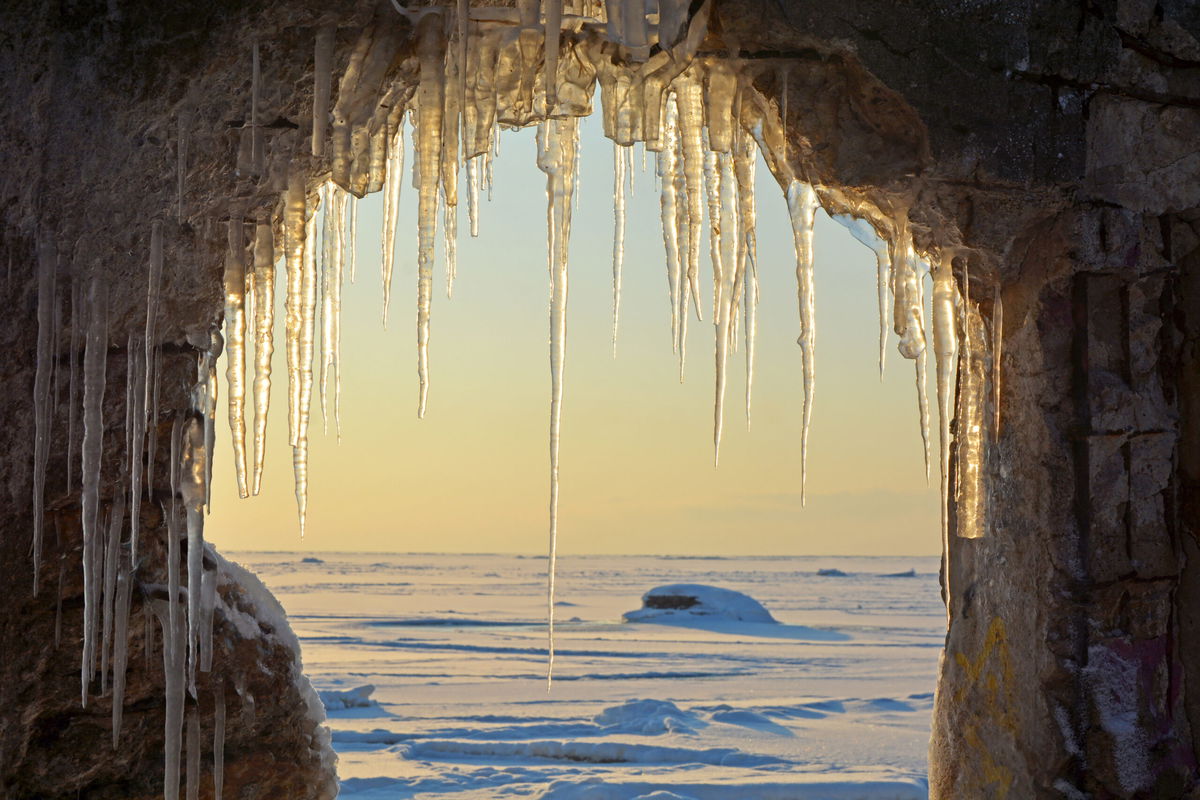Experts explain that the predicted 60% drop refers to differences in amplitude between solar cycles. Photo credit: Kokoulina/Shutterstock
A study led by Professor Valentina Zarkova has sounded the alarm, predicting that solar activity could drop by up to 60% in the decade between 2030 and 2040. His model predicts that the two magnetic waves inside the Sun, one in the deep convective zone and the other near the surface, become precisely out of sync during a period known as Solar Cycle 26.
This destructive interference could create a situation similar to the Maunder Minimum, a period of very low sunspot activity associated with the Little Ice Age in the 17th century. The model was presented at a major astronomical conference and is based on solar magnetic field observations combined with statistical analysis. Zarkova’s group claims their approach reaches up to 97% predictive accuracy.
What “mini-ice age” means
Historical similarities and potential impacts on global climate
If Zarkova’s predictions come true, the world could see a period of decline in solar power production reminiscent of the Maunder Minimum of the 17th century, which coincided with unusually harsh winters in Europe and North America. Some media outlets are calling this scenario a “mini-ice age.”
According to her team, the two magnetic waves would peak at the same time in opposite hemispheres of the sun, nearly canceling each other out. This should drastically reduce the number of sunspots and weaken the sun’s magnetic activity, a phenomenon researchers say could persist into the 2030s.
Scientific skeptics and climate experts also weigh in
Not everyone agrees about its impact on the Earth’s climate
Many climate scientists have warned that even if solar activity were to drop significantly, the effects on Earth’s climate could be relatively modest. The Grand Solar Minimum may reduce solar radiation slightly, but not enough to reverse or offset current global warming trends.
Experts explain that the predicted 60% decline refers to differences in amplitude between solar cycles, not a 60% decrease in total solar output. This corresponds to a decrease of only about 0.1% in the Sun’s brightness, and the cooling effect will be limited for at most several decades.
Discussion: Is this prediction reliable?
Questions remain about the robustness of the double dynamo model
While Zarkova’s double dynamo theory offers bold predictions, it has also faced criticism in the scientific community. An independent analysis has questioned its long-term accuracy, arguing that the model may not accurately reproduce historical periods of solar inactivity.
Some researchers are calling for cautious interpretation, saying that even if solar activity were to decline, the resulting cooling would likely be minor compared to the warming caused by greenhouse gas emissions. Solar-induced cooling will likely be short-lived and dwarfed by ongoing human-induced warming.
Important points
- Some models predict that solar activity will drop by up to 60% between 2030 and 2040.
- The predicted solar minimum could mimic conditions during the Maunder Minimum, a historical period called a “mini-ice age.”
- Despite the headlines, scientists argue that the climate impact will be modest, resulting in only a small-scale cooling effect that will likely last for 20 to 30 years.
- Critics say the model’s predictions are uncertain and do not outweigh the dominant effects of greenhouse gases.
what happens next
A closer look at the sun and Earth’s climate
Once solar cycle 25 reaches its peak, researchers plan to closely monitor the behavior of sunspots to test their theory. If this prediction is correct, Cycle 26 could be a period of unusually weak solar activity.
But the broader scientific consensus suggests that even a deep solar minimum will do little to stop global warming. For now, experts stress the continued importance of reducing greenhouse gas emissions while maintaining rigorous observations of the sun’s magnetic cycles.








